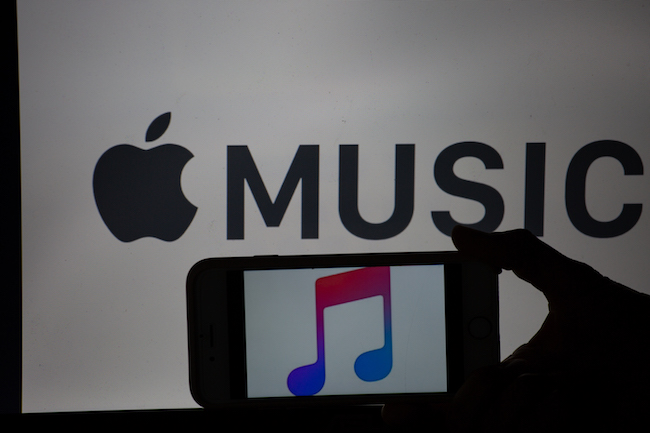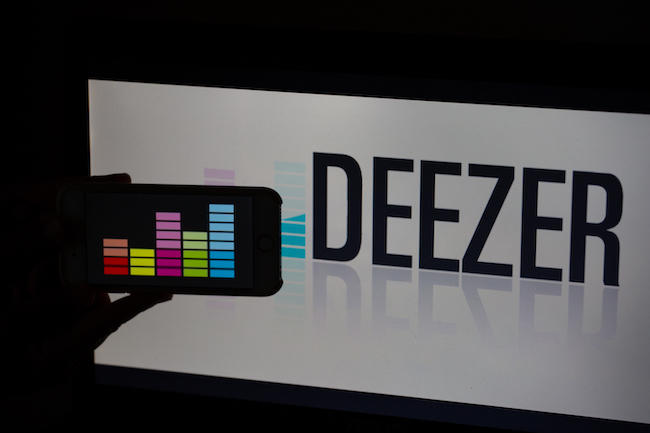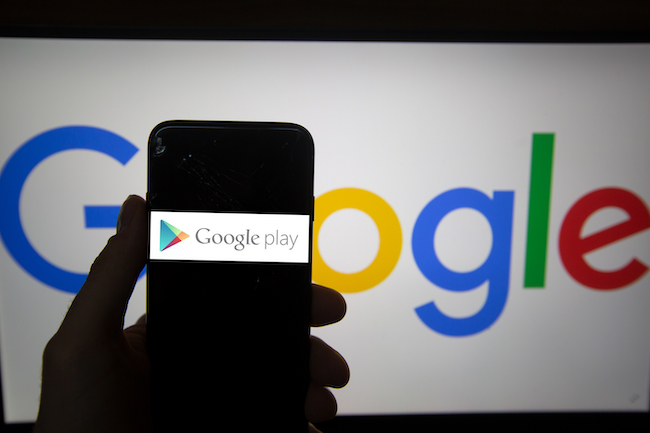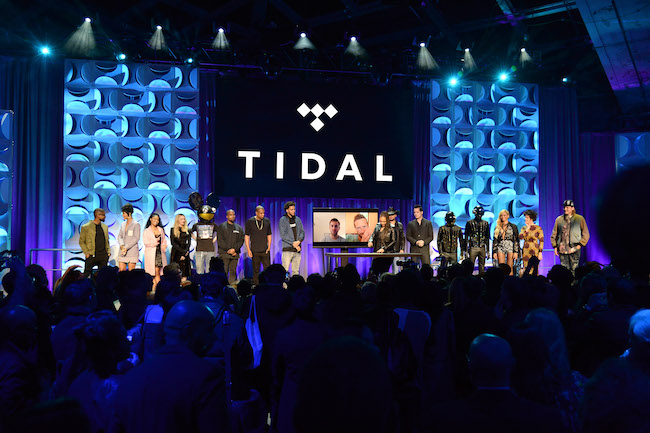
Streaming has taken over as the number one form of music consumption, with more listeners than ever switching to services like Apple Music and Spotify from physical media like CDs. With the space rapidly filling up, it can be difficult to determine which is best for the individual listener. Should you go with Pandora or Soundcloud? Is Tidal worth the exclusives? And what’s the deal with Deezer?
Below is a list of the services available and some of their pros and cons. Of course, the final decision is up to you and there’s no wrong answer. The best thing about these streaming sites is that many have free options and none of them require any commitment beyond the occasional reminder email or a monthly payment that can be stopped anytime. With the rewards far outweighing the risks, now is the perfect time to join the millions of music fans getting their fix online.
Apple Music

One of the first and biggest streaming services, the service has the benefit of integrating your iTunes library and various other Apple services and the largest and most comprehensive library of all, thanks to its head start on the competition. Its playlist curation has received plenty of praise and the 24-hour access to Beats 1 Radio provides exclusives via artist-curated shows like Drake’s OVO Sound and Nicki Minaj’s Queen Radio. Some folks may not enjoy the iTunes desktop app’s layout and music organization, but since it’s pretty widely available for many other platforms including Android and Amazon Echo, there are plenty of possible options to choose from.
Deezer

Deezer may not have the same foothold in the US as some of its more well-known cousins, but it’s a very popular app internationally, with a huge library of licensed tracks and podcasts. The service primarily focuses on mixes and playlists, but it also has plenty of albums — including some that you won’t find on Spotify or Apple. Unfortunately, you must sign up for a premium account to get full access to songs, but it does integrate with users’ Last.fm accounts, allowing them to “scrobble” songs via Last.fm’s database.
Google Play Music

Google owns pretty much the whole internet at this point, so why not skip the middleman and get your music straight from the number one ad source online? All jokes aside, Google Play Music does a fantastic job of organizing your personal music and allowing you to access it pretty much anywhere in the world. Paying for its on-demand streaming also plugs you into Youtube Premium. It’s also got its own curated radio, but Apple’s offering is much more robust.
Pandora Radio
The only app on this list that doesn’t provide straight-up access to albums, Pandora instead gives users the ability to self-curate music mixes based on their “likes” and “dislikes.” Giving a song a “thumbs up” while playing ensures you’ll hear it again, as well as more songs like it. Tapping “thumbs down” has the opposite effect. While this app is great for music discovery, the inability to play a single artist or album can be a drawback when you’re not in the mood to be surprised. That said, it’s hard to beat this service, which is one of the few that plays full songs without paying for its premium option, which has a lower price point than the others.
Soundcloud

Infamous for being the primordial petri dish for burgeoning underground rap movements, Soundcloud skips the labels and distribution services entirely, allowing users to upload their own tracks, mixes, and podcasts directly. Its discovery algorithm will lead down some pretty intriguing rabbit holes, but given the offerings are usually a mixed bag of the amateurish, the scarily professional, and the outright weird, no one could blame you for turning off the autoplay function. This app is great for finding out about new artists way, way before they blow up, from the Chance The Rappers to the Ski Mask The Slump Gods, so your own mileage may vary, depending on your feelings about the above.
Spotify

If Apple is Superman, the first and most recognizable of its ilk, Spotify is the Batman — just as auspicious, and for many, way cooler than its cohort. Spotify’s playlists are practically unmatched for both music discovery and for pinpointing ongoing trends, its interface is one of the most user-friendly of the bunch, and allows family plans that let multiple users listen to music on multiple devices on the same account, which helps mitigate its cost — a cost you basically must pay to get a functional listening experience on mobile, which defaults to shuffle mode on the free option (with ads, no less).
Tidal

Tidal is a little like those Mac vs. PC ads in that, to a very specific kind of discerning user, it’s the far-and-away better, more powerful tool, but for the vast majority of people, it’s a tool they don’t care enough about to utilize. Its touted $20 option — which was poorly advertised at its launch, leading to the misperception that Tidal was double the cost of its competitors — enables a Hi-Fi listening experience that audiophiles will love, and conscientious consumers will similarly swoon at the service’s fair artist compensation and Black-owned business profile. Even its UI, which is a bit of a mess, will be a pleasure to navigate for hardcore Beyonce and Jay-Z fans, as Tidal is the only service offering their full catalogs.






